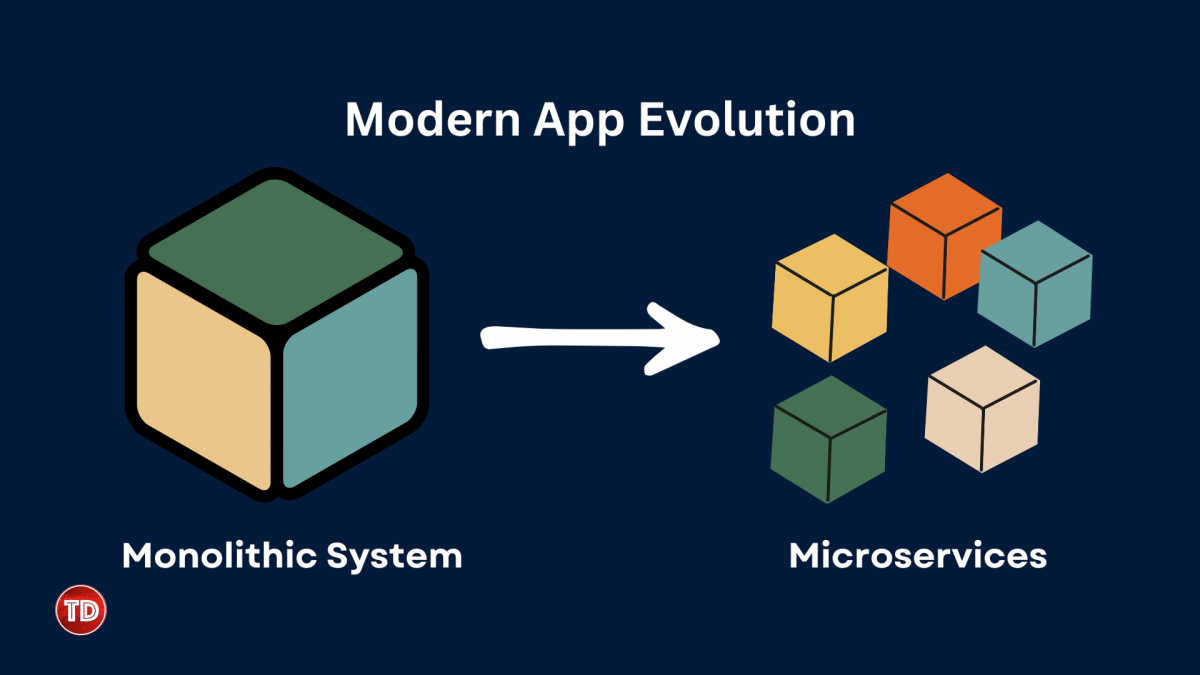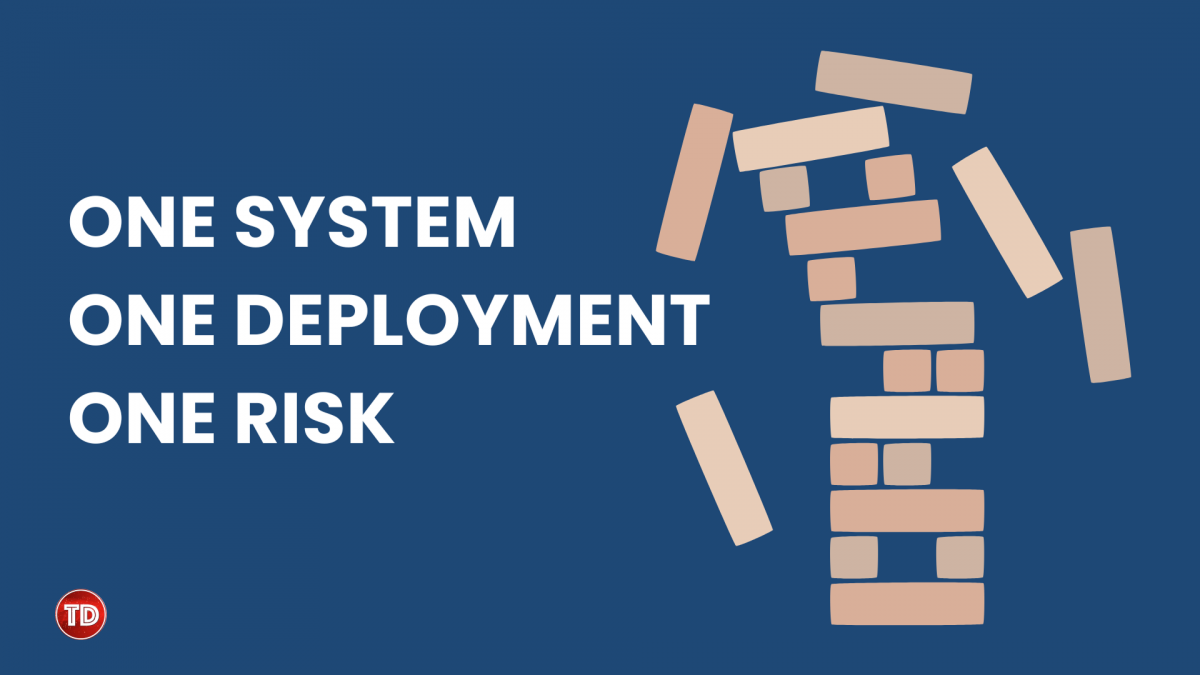Last updated on October 21, 2025
Have you ever thought about the pain of fixing just one small piece of a massive software system without accidentally breaking everything else? Honestly, most of the time, that is almost impossible. That challenge led to the rise of microservices in modern apps. It marked a shift from old monolithic architectures to smaller and independent services.
This represents a significant architectural change. Developers moved away from huge, rigid monolithic setups and embraced smaller, independent systems. For a long time, developers built apps as a single block of code. This structure is known as monolithic architecture. It was fine when systems were small and simple. However, once apps grew larger and more complex, that structure created bottlenecks and serious issues. Now, microservices have become the trend. They offer a safer and more flexible way to build and update apps without the high risk of one massive, tightly connected codebase.
The need for safety and agility drives the conversation in software architecture today. When you look at large systems, you realize how time-consuming it is to fix even a minor issue. Updating a single library can cause unexpected errors elsewhere. As a result, teams spend more time debugging than innovating. This challenge pushed developers to rethink how apps should be structured to adapt faster to modern demands.

From one big block of code to many independent services — how modern apps evolve through microservices.
The Good Old Days: Before the Rise of Microservices
Before microservices became a standard or necessity, software applications were packaged into one large, inseparable codebase. This architectural style is called the monolithic system. Every function lived in that one place. Consider an application’s core features such as user login, payment processing, product catalogs, and notification services. These were bundled and deployed as one large, cohesive unit. You can imagine it as living in a studio apartment where the kitchen, bathroom, and bedroom share the same space and depend on one wiring system.
At first, monolithic systems were ideal. They were simple to deploy and perfect for small projects or lean teams. The setup was straightforward. You could build, test, and ship everything using one deployment pipeline. This made early development phases very simple.
However, as applications grew, this architecture became an operational challenge. Maintenance became a risky task. Changing one minor feature often risked breaking something else. It felt like pulling a single thread from a tightly woven tapestry. You were always afraid of causing a failure in another area of the system.
This constant fear slowed down innovation. Scaling was also inefficient. If there was a spike in traffic targeting the login feature, developers had to scale the entire application. That included components like the admin panel or reporting engine that did not need extra capacity. This all-or-nothing scaling caused wasted time, higher cloud costs, and inefficient use of computing power.

Monolithic systems are like a Jenga tower — one wrong move and the whole structure can collapse.
A New Approach: The Rise of Microservices Architecture
Microservices represent a fundamentally different way of conceptualizing and building applications. This architectural pattern moves from a single, giant structure to a collection of smaller and highly independent services. Each component focuses on performing one specific business function, such as managing user authentication, processing payments, or sending notifications.
These services communicate through clear and lightweight protocols, most often using Application Programming Interfaces (APIs). This model of inter-service communication allows the different components to interact seamlessly while keeping strict boundaries between them.
The Power of Distributed Design
This distributed design gives development teams a remarkable level of agility. The main advantage is flexibility. Developers can update, deploy, and scale any service separately from the rest of the system. If a problem appears in one service, it is much less likely to cause failures in other application parts.
Innovation also becomes faster because updates and new features can be rolled out quickly. In terms of performance, this structure enables efficient and selective scaling. For example, if the payment service suddenly receives more transactions, developers can assign extra resources only to that specific service. This saves cloud costs and makes better use of computing power.
This ability to isolate, scale, and optimize each part of a system explains why major companies like Netflix, Amazon, and Spotify have adopted microservices. These global leaders use the approach to build strong, fast-growing, and resilient systems that handle millions of users daily.

A visual comparison of monolithic and microservices systems, highlighting the balance between simplicity, scalability, and operational complexity.
The Trade-Offs: Not a Silver Bullet
Even with its clear advantages, microservices are not perfect. They add more operational complexity. Managing dozens or hundreds of independent services can be difficult. Developers must handle network latency, service discovery, and data consistency across many processes.
Monitoring also becomes more challenging. Teams need advanced tools to track performance and identify issues across every component. Setting up microservices requires more time and effort. Each service may need its own database, deployment pipeline, and environment setup. This is a big jump from managing one codebase.
For small development teams or simple projects like internal tools or MVPs, microservices may not be worth it. The added complexity can become a burden. In these cases, monolithic systems are often the smarter and more practical choice.
A monolith is easier to maintain, test, and debug, especially when the system is not too complex. Architects must weigh the trade-offs carefully. The simplicity of a monolith can sometimes be more valuable than the long-term scalabilityoffered by microservices.
Wrapping Up: Choosing the Right Tool
The rise of microservices in modern apps shows how far software engineering has come in adapting to modern development needs. Monolithic systems still have their place they’re perfect for small, low-complexity apps. However, microservices are the way to go when an application needs to scale fast, handle a vast user base, and be constantly updated. Ultimately, the best architecture isn’t a one-size-fits-all answer; it always comes down to what the project genuinely needs and whether the dev team is equipped to manage the complexity that comes with it. It’s a balance, right? I’m curious about what architecture pattern you think will take over in the next few years!
REFERENCES
Atlassian. “Microservices vs. monolithic architecture.” Atlassian blog. atlassian.com
Microservices.io. “Pattern: Microservice Architecture.” microservices.io


















